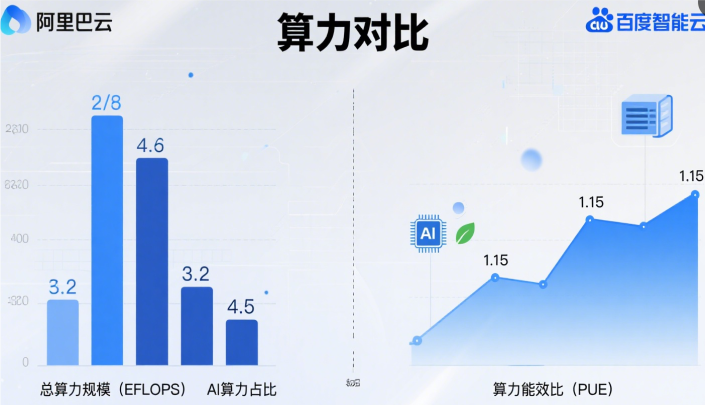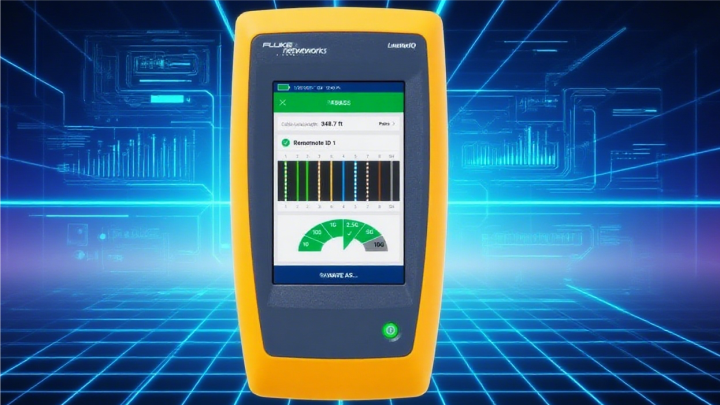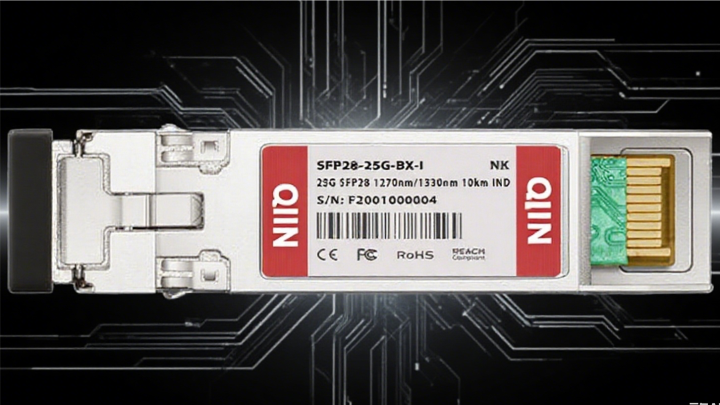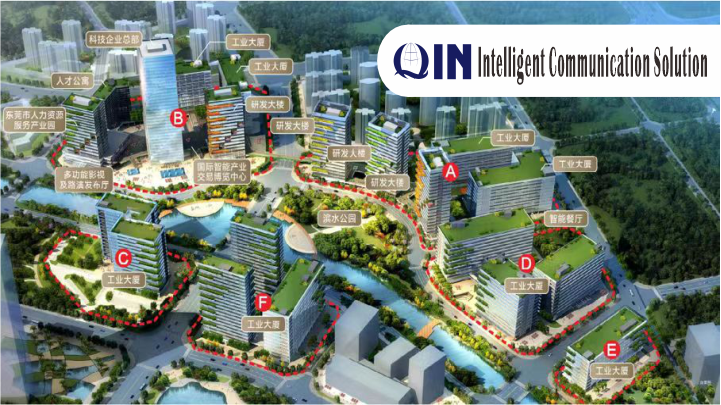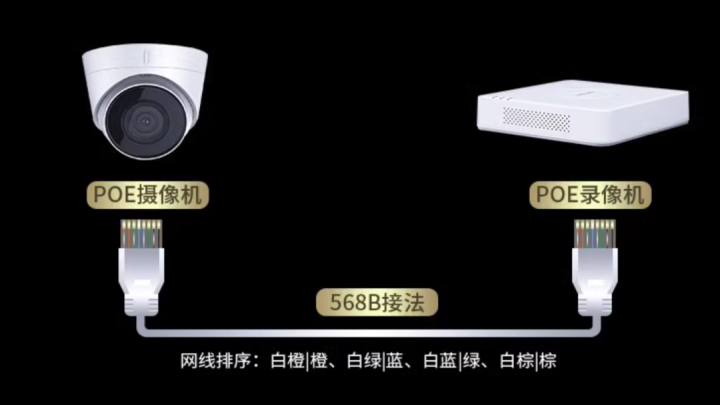5G base station project
In terms of planning and design, equipment selection, construction, technical standards, quality and safety management and future trends, we elaborate the key points and implementation of 5G base station engineering.
一.5G Base Station Engineering: A Comprehensive Analysis from Planning to Implementation As the core infrastructure for 5G network deployment, 5G base station projects directly determine network performance and service capabilities. Compared to 4G base station engineering, 5G projects face higher demands in planning, design, construction, and implementation due to frequency band characteristics, technical complexity, and expanded application scenarios. This article provides a full-process analysis of key aspects in 5G base station engineering.

1. Engineering planning and design:
Precision layout requires comprehensive coverage analysis. Coverage targets should be determined based on regional functional positioning (e.g., urban core areas, industrial parks, remote rural regions). Urban core areas must support high-density user access through a tiered network architecture combining macro base stations and micro base stations. Industrial parks prioritize low-latency and high-reliability scenarios by enhancing edge computing node deployment. Rural areas should focus on broad coverage, prioritizing sub-6GHz bands to improve signal penetration capabilities.
2. Frequency band planning strategy- **Sub-6GHz(3.5GHz, 2.6GHz et al.**:
With moderate coverage and suitability for wide-area deployment, this band currently serves as the primary 5G frequency in China. During engineering implementation, base station spacing (typically 500-1000 meters) must be calculated to prevent signal dead zones. - **Millimeter wave (26/28GHz bands):** While offering high bandwidth, it experiences rapid signal attenuation. This technology is ideal for hotspot areas like sports venues. In engineering practice, beamforming technology should be integrated with dense micro base station deployment to achieve continuous coverage.
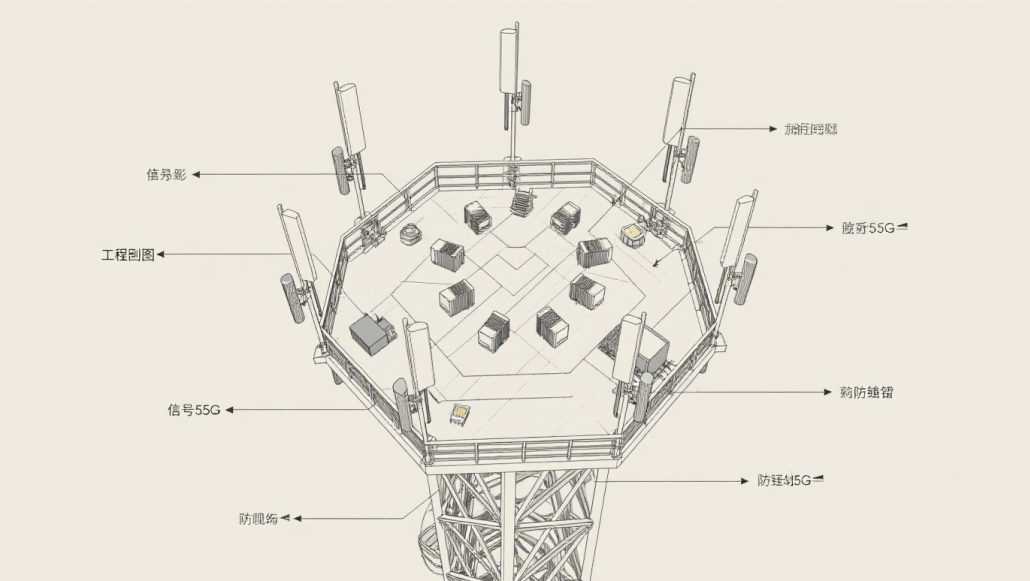
二.Site survey and selection- **Geological survey**:
Utilize GIS systems to analyze terrain elevation and building density, avoiding mountain obstructions and strong electromagnetic interference sources (e.g., substations). - **Shared Infrastructure**: Prioritize existing communication towers, streetlight poles, surveillance poles, and other infrastructure to reduce costs (over 30% savings compared to new tower construction). - **Compliance Verification**: Must comply with urban planning red lines, electromagnetic radiation limits (China's public exposure limit is 40μW/cm²), and environmental assessment requirements.
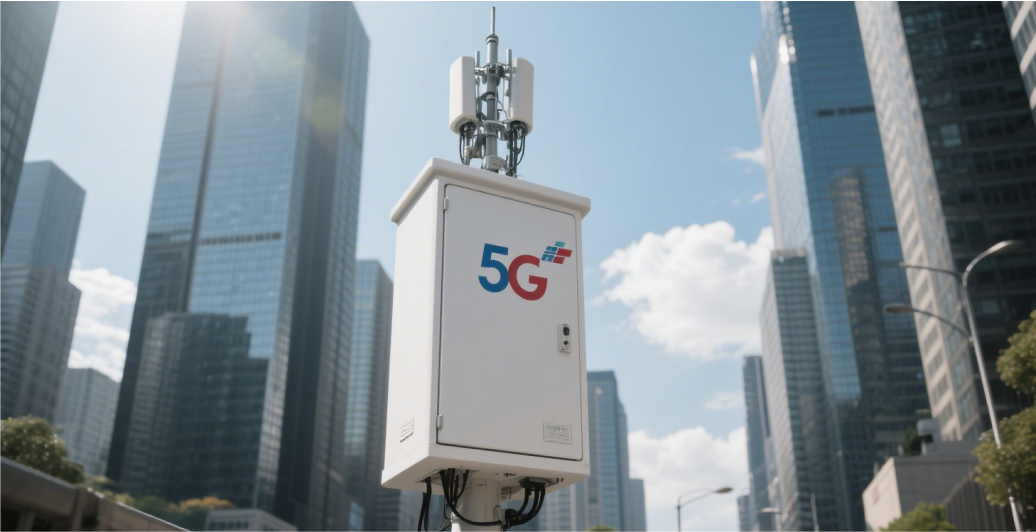
三. Core equipment selection:
1. Performance and Compatibility Balancing ### (I) Base Station Main Equipment- **BBU (Baseband Processing Unit)**: Must support multi-band compatibility (covering 4G/5G networks), adopt a cloud-based architecture for future upgrades, such as the HuaweiBBU5900 with 10Gbps processing capacity. - **RRU (Radio Remote Unit)**: Prioritizes power efficiency, with next-generation products reducing energy consumption by 20% compared to earlier models, while adapting to extreme environmental temperatures ranging from-40℃ to +55℃.
2. Sky feeder system- **Massive MIMO Antenna**: The mainstream configuration is 64T64R, which enhances signal gain through beamforming. In engineering practice, the downtilt angle (typically 3-15°) must be precisely adjusted to optimize coverage. - **Feed Lines and Connectors**: Low-loss RF cables (e.g., 1/2-inch ultra-flexible feeders) are selected, with connectors requiring IP68 waterproof ratings to prevent signal attenuation caused by rainwater infiltration.
3. Supporting Facilities- **Power System**: Utilizes high-frequency switching power supply with lithium battery backup, featuring intelligent sleep mode (auto-frequency reduction when low load). Some pilot projects adopt photovoltaic power supply to reduce reliance on grid electricity. - **Equipment Room/Cabinet**: Outdoor integrated cabinets must meet dustproof and lightning protection standards, with internal temperature control accuracy reaching ±2℃ to ensure stable equipment operation.
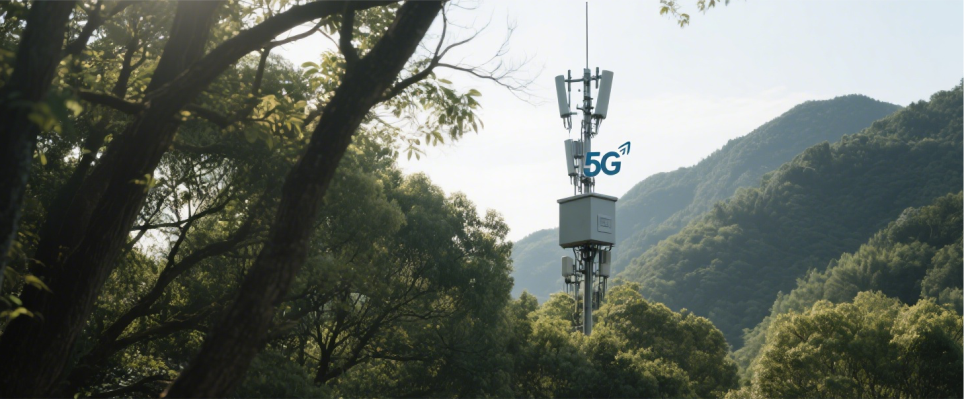
三. Construction process: combination of standardization and refinement
1.Preparatory Phase- **Site Survey and Briefing**: Compare planning blueprints with actual terrain to identify underground pipeline locations (cables, gas pipelines) and prevent construction damage. - **Material Inspection**: Conduct on-site testing of base station equipment and tower components, including verifying that the antenna VSWR must be ≤1.5 and the tower steel yield strength must meet ≥345MPa.
2. Foundation Construction- **Data Center Construction**: The ground-level data center adopts reinforced concrete structure with seismic resistance no less than 7 degrees. The integrated cabinet foundation requires a 1.2-meter-deep concrete bedding layer to ensure wind resistance up to Class 12. - **Tower Installation**: Select single-tube towers or angle steel towers based on load-bearing requirements. During hoisting, total station calibration ensures vertical accuracy (deviation ≤1‰).
3. Equipment Deployment- **BBU/RRU Installation**: The BBU is centrally deployed in the equipment rack (with spacing ≥10cm for heat dissipation), while the RRU is mounted on the tower's crossbar using a pole clamp (with load capacity ≥50kg). - **Antenna/Fiber Installation**: The antenna azimuth error must be ≤5°, the feeder cable's bending radius should be ≥10 times its diameter, and the joints must be wrapped with three layers of waterproof tape for sealing.
4. System Debugging- **Parameter Configuration**: Set cell ID, frequency band bandwidth (e.g., 100MHz), and power parameters through the OMC (Operation and Maintenance Center) to ensure a neighboring cell handover success rate ≥98%. - **Performance Testing**: Use a 5G spectrum analyzer to verify coverage (edge rate ≥100Mbps) and latency (air interface delay ≤10ms), with continuous 72-hour stability testing without interruption.
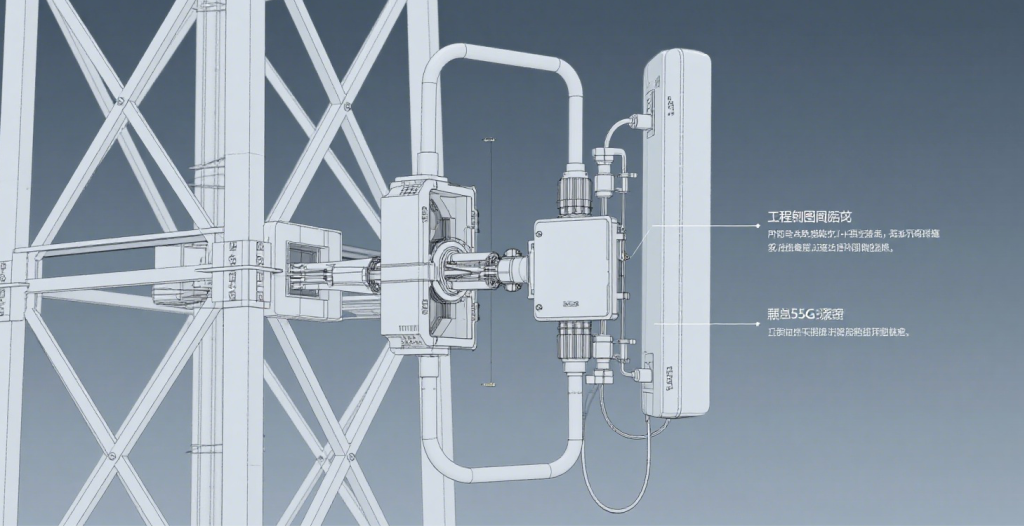
四. Technical Standards and Specifications:
Quality Assurance for Engineering Projects Domestic 5G base station projects must strictly comply with the "5G Mobile Communication Network Engineering Construction and Acceptance Specifications" (YD/T 5444-202X). Key performance indicators include: -Grounding resistance in equipment rooms ≤1Ω, tower grounding resistance ≤5Ω -VSWR of antenna feeder systems ≤1.5-Single-site activation success rate ≥99% -Electromagnetic radiation limits: Power density within 30 meters of base stations ≤40μW/cm² International standards require compliance with 3GPP R16/R17 specifications to ensure global interoperability of equipment.

五. Quality and Safety Management,The key to project implementation:
1. Quality Control-Implement the "Three-Check System" (self-inspection, mutual inspection, and specialized inspection), focusing on verifying antenna installation accuracy, feeder joint sealing, and equipment power-on test data. -Introduce drone inspections using high-definition cameras to identify potential hazards such as loose tower bolts and antenna tilting, achieving three times higher efficiency than manual inspections.
2. Safety Measures-High-altitude work requires wearing double-hook safety harnesses, with warning zones established within the operational radius. Live operations strictly follow the "Two-Paper Three-System" protocol (work permit and operation ticket; shift change system, patrol inspection system, and equipment rotation testing system). -Emergency response plans must be developed, including emergency generator vehicles to ensure base station power supply during extreme weather conditions such as typhoons and heavy rain.
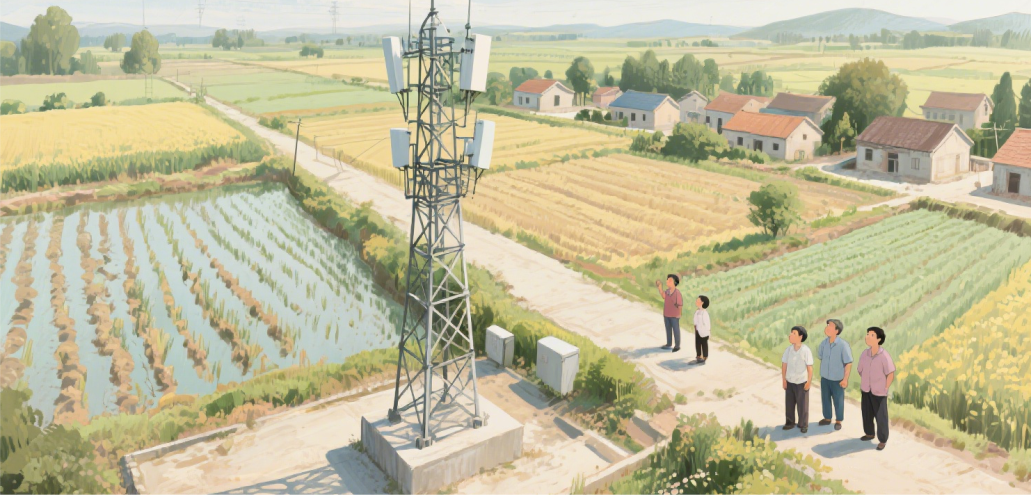
六. Future Trends: Intelligence and Greening- **AI-Assisted Planning**: Utilize machine learning algorithms to optimize base station locations, dynamically adjust coverage strategies based on user behavior data, and enhance spectral efficiency by 15%. - **Green Engineering Solutions**: Promote energy-saving measures like heat pipe cooling and intelligent power-off systems, aiming to reduce single-site energy consumption to 60% of 4G-era levels; construct temporary equipment rooms with biodegradable materials to minimize construction waste. - **Integrated Construction**: Implement "multi-pole integration" models combining 5G base stations with smart streetlights and 5G micro stations with traffic signals, minimizing urban landscape impacts. Large-scale pilot projects have been launched in cities like Beijing and Shenzhen. 5G base station engineering is a systematic endeavor requiring sustained efforts in scientific planning, precision construction, and standardized management to establish a solid foundation for high-quality network operations and support digital transformation across industries.
-
fibre-optical
Jul 22, 2025
-
Classified by control technology
Jul 22, 2025
-
Aliyun VS Baidu Cloud
Jul 19, 2025
-
Smart factory network cabling
Jul 19, 2025
-
Full analysis of wiring test tools
Jul 19, 2025
-
Enterprise network cabling
Jul 19, 2025
-
Can you do smart control without the Internet
Jul 19, 2025
-
Principle of whole house intelligent control
Jul 18, 2025
-
Specifications and functions of light modules
Jul 18, 2025
-
Fiber optic engineering
Jul 18, 2025
-
Common classifications and their specific types:
Jul 18, 2025
-
Parking fee system
Jul 14, 2025
-
Video face recognition big data system
Jul 14, 2025
-
Starlink is a low-orbit satellite launched by SpaceX
Jul 14, 2025
-
5G base station project
Jul 14, 2025
-
5G and Starlink overview
Jul 14, 2025
-
Internet Data Center (IDC)
Jul 11, 2025
-
Enterprise LAN solutions
Jul 10, 2025
-
Video transmission theory
Jul 10, 2025
-
Patented technology and marked RJ45 crystal head
Jul 10, 2025
-
Advantages and disadvantages of intelligent control
Nov 30, 2024
-
Video Streaming Data Center
Nov 30, 2024
-
Computer Centre
Nov 30, 2024


